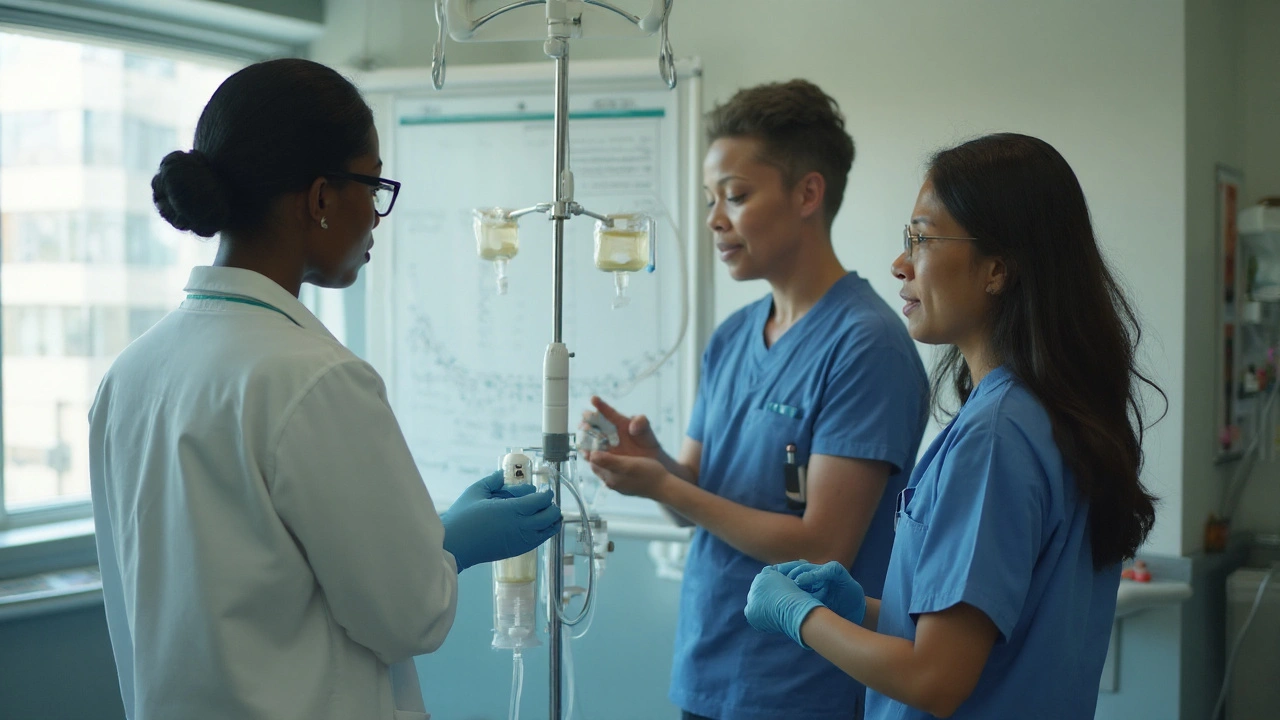Conditioning Regimen: A Simple Guide
If you’ve heard doctors talk about a conditioning regimen, you might wonder what that actually means. In short, it’s a short, intense course of chemotherapy (and sometimes radiation) given right before a bone‑marrow or stem‑cell transplant. The goal is to knock out the existing disease and make room for the new, healthy cells to settle in.
Why Conditioning Regimens Are Needed
Think of your bone marrow like a garden. If weeds (cancer cells) have taken over, you need to clear the plot before planting fresh seeds (donor cells). The conditioning drugs do that heavy lifting – they kill off the bad cells, suppress the immune system to avoid rejection, and create space for the transplanted cells to grow. Without this step, the new cells would have a hard time getting established, and the transplant success rate drops.
Common Drugs and Their Effects
Most regimens mix a few different drugs. Busulfan and cyclophosphamide are classic partners; they work together to hit cancer cells from different angles. Some protocols add total body irradiation (TBI) for extra firepower, especially in certain leukemias. Newer approaches might include fludarabine or melphalan to reduce toxicity while still being effective. Each drug brings its own side‑effects – nausea, low blood counts, mouth sores, and sometimes longer‑term risks like organ damage. Your doctor will pick the combo that balances killing the disease with keeping you as safe as possible.
One thing to keep in mind is that “intense” doesn’t mean “the same for everyone.” Conditioning regimens are customized based on age, overall health, type of disease, and the source of donor cells. Younger patients often tolerate stronger combos, while older adults might get a reduced‑intensity version that’s easier on the body.
During the conditioning phase, you’ll be under close watch. Blood tests come in daily to track white cells, platelets, and organ function. If counts drop too low, you may receive growth‑factor shots or blood product fills. The good news is hospitals have protocols to manage these drops, so you’re not left to fend for yourself.
What can you do to feel a bit better? Stay hydrated, follow the anti‑nausea meds your team gives you, and eat small, bland meals if you can. Oral care matters – a gentle brush and mouth rinse can cut down on sores. Rest is key, but light activity like short walks can keep circulation moving and lift mood. If you notice any new pain, fever, or breathing trouble, call the transplant team right away.
After the conditioning drugs finish, the transplant usually follows within a day or two. The new cells travel through your bloodstream and head straight to the bone‑marrow cavity. From there, they start making blood cells again – a process that can take weeks. During that window, you’ll still feel the after‑effects of the conditioning, but the focus shifts to watching the new cells take root.
Bottom line: a conditioning regimen is a tough but necessary step that prepares your body for a life‑saving transplant. Knowing why each drug is used, what side‑effects to expect, and how to manage them can make the experience less scary. Talk openly with your transplant team, ask about any concerns, and follow the practical tips above. With the right support, you’ll get through the regimen and move toward recovery.
Cyclophosphamide in Bone Marrow Transplant: Uses, Dosing, and Risks (2025 Guide)
- Cheryl Moran
- September 2, 2025
- 15 Comments
A clear 2025 guide to cyclophosphamide in bone marrow transplantation-when it’s used, dosing, PTCy, side effects, and practical, evidence-backed tips.
read more